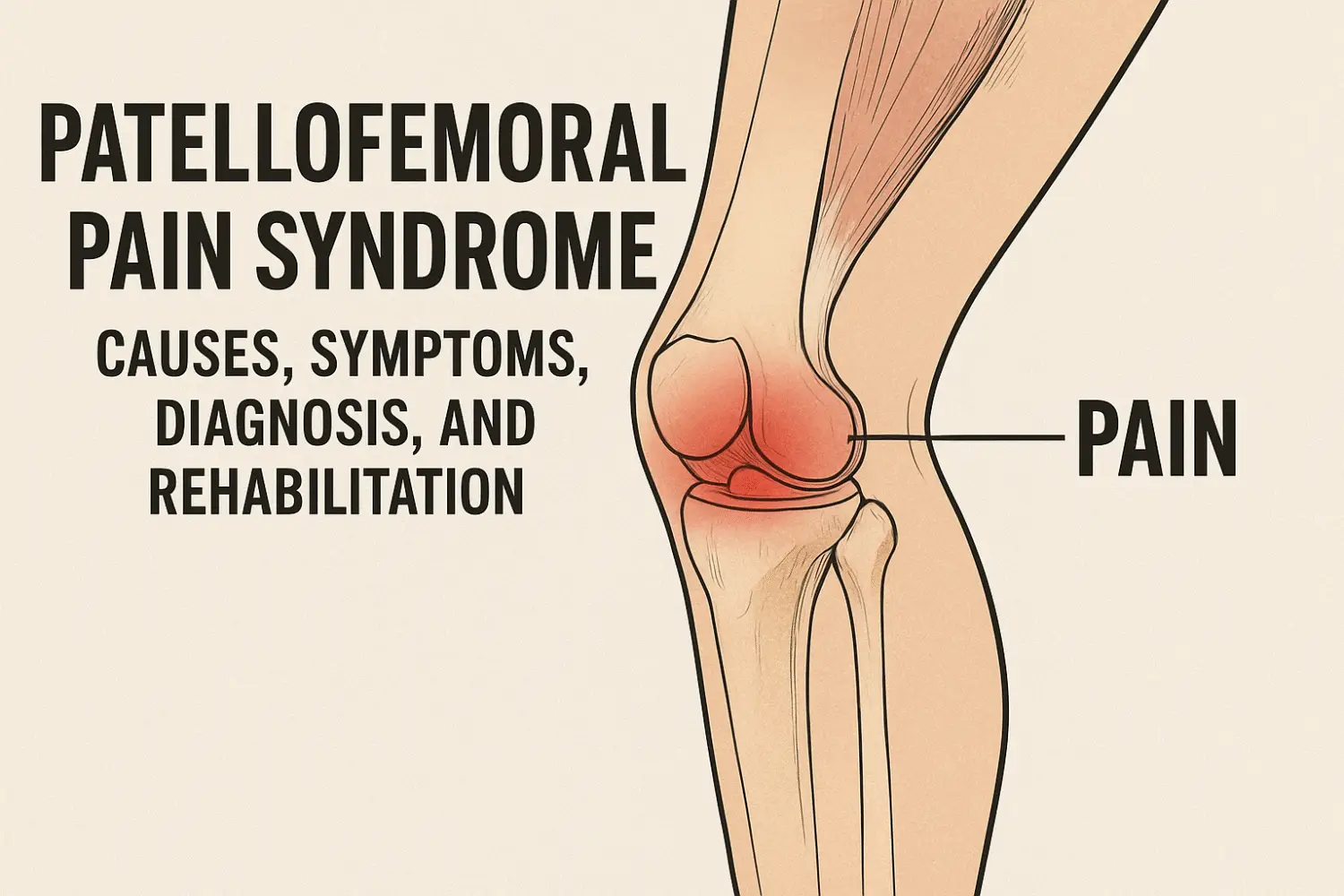Knee arthritis is one of the most common causes of chronic knee pain and disability worldwide. It affects people of all ages, but it is most prevalent in older adults. Understanding its causes, early signs, and management strategies is essential for preventing joint damage and improving quality of life.
What is Knee Arthritis?
Knee arthritis is a degenerative joint condition characterized by the breakdown of cartilage within the knee joint. The cartilage acts as a cushion between bones, and its deterioration leads to increased friction, pain, stiffness, and reduced mobility. The most common type of knee arthritis is osteoarthritis, though other forms, such as rheumatoid arthritis and post-traumatic arthritis, also occur.
Types of Knee Arthritis
- Osteoarthritis (OA): The most common type, caused by age-related wear and tear of cartilage.
- Rheumatoid Arthritis (RA): An autoimmune condition that attacks the joint linings.
- Post-Traumatic Arthritis: Develops after a knee injury such as a fracture or ligament tear.
- Gout and Pseudogout: Caused by crystal deposits in the joint.
Causes of Knee Arthritis
Multiple factors play a role in the development of knee arthritis:
- Age: Risk increases with age.
- Genetics: Family history can predispose individuals to arthritis.
- Obesity: Extra body weight adds stress to the knee joints.
- Previous Injuries: Ligament tears or fractures increase the likelihood of arthritis later.
- Overuse or High-Impact Activities: Repetitive stress can accelerate cartilage breakdown.
- Inflammatory Conditions: Autoimmune diseases like RA cause joint inflammation and damage.
Signs and Symptoms of Knee Arthritis
- Pain: Worsens with activity and improves with rest.
- Stiffness: Especially after rest, inactivity, or in the morning.
- Swelling: Due to inflammation or fluid buildup.
- Reduced Range of Motion: Difficulty in bending or straightening the knee.
- Grinding or Clicking Sensation: Caused by rough joint surfaces.
- Joint Deformity: In advanced stages, the knee may appear bowed or misaligned.
Diagnosis of Knee Arthritis
- Physical Examination: Evaluating pain levels, swelling, and joint mobility.
- Imaging Tests: X-rays to detect joint space narrowing, bone spurs; MRI for soft tissue changes.
- Lab Tests: To rule out infections or autoimmune disorders in inflammatory arthritis.
Rehabilitation Protocol for Knee Arthritis
The primary goals of rehabilitation are pain relief, improving mobility, and preventing further joint damage. Here’s an evidence-based protocol:
1. Patient Education
- Understand the condition and learn joint protection techniques.
- Encourage activity modification to avoid high-impact activities.
2. Pain Management
- Use of hot or cold packs.
- Over-the-counter or prescribed NSAIDs for pain and inflammation (as recommended by a doctor).
Key Therapeutic Exercises
Stretching Exercises
Stretching exercises for the thigh muscles play a crucial role in maintaining lower limb flexibility, improving joint mobility, and preventing injuries. Tight thigh muscles, especially the quadriceps and hamstrings, can increase stress on the knee joint and alter normal biomechanics, leading to discomfort or pain during movement. Regular stretching helps relieve muscle tension, enhances circulation, and promotes better posture and alignment
Strengthening Exercises
Quad isometric
Straight leg raises
Mini-squats
clamshell Exercises
Side-lying leg raises
Heel Sliding Exercises
Hamstring Strengthening Exercises
Low-Impact aerobic activities, weight management, Manual Therapy, and the use of assistive devices also play an important role in knee arthritis management and pain reduction.
Conclusion
Knee arthritis can significantly impact daily life, but with early intervention and a structured rehabilitation plan, symptoms can be managed effectively. Combining lifestyle modifications, therapeutic exercises, and medical support is the best way to maintain knee health and mobility.





